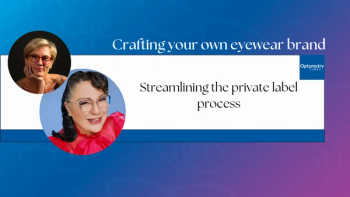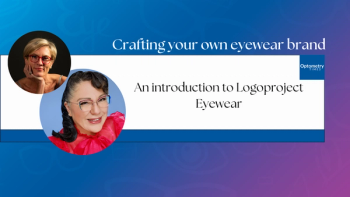At ARVO 2025, Paul Hammond, OD, FAAO, of Twin Cities Eye Consultants shared pivotal findings in a poster aimed at solving a common clinical challenge: how to preserve the integrity of glaucoma progression data when switching OCT platforms. ARVO took place in Salt Lake City from May 4-8, 2025.
Bridging the gap Between OCT Devices
Key takeaways for optometrists:
- Conversion factors matter: Having a reliable method to translate GCIPL and RNFL data between OCT platforms can preserve continuity in glaucoma care.
- Supports long-term monitoring: Enables use of historical data even after equipment upgrades or provider changes.
- Improves clinical accuracy: More precise formulas are available for critical longitudinal decisions.
- Real-world relevance: Especially useful in multi-location practices or for patients receiving care from multiple providers.
Hammond and his team presented a poster focused on creating a reliable conversion factor between 2 widely used optical coherence tomography (OCT) systems—the TopCon Maestro2 and the ZEISS Cirrus 5000. Their work specifically looked at ganglion cell–inner plexiform layer (GCIPL) and retinal nerve fiber layer (RNFL) thickness measurements, which are critical markers in glaucoma diagnosis and monitoring.
The study analyzed data across a spectrum of glaucoma severity—mild, moderate, and severe—to ensure broad applicability. The results demonstrated that a basic, easy-to-use conversion factor could be developed for routine clinical use. In addition, the team formulated a more precise algorithm for practitioners who require higher accuracy for longitudinal assessments.
Clinical utility and patient continuity
Hammond emphasized the real-world utility of their findings. “If a patient has been imaged for years on one device and the clinic transitions to another,” he noted, “our conversion factor allows clinicians to continue tracking progression without data loss.”
This is particularly beneficial in cases where:
- A practice upgrades to a new OCT brand or model.
- A patient transfers care to a different clinic with a different OCT system.
- Seasonal patients (“snowbirds”) receive care from multiple providers using different platforms.
Without a conversion method, such transitions risk compromising clinical judgment about disease progression, potentially delaying critical treatment adjustments.
Filling a clinical gap
The research addresses a long-standing limitation in glaucoma management: lack of interoperability across imaging platforms. By enabling clinicians to translate data between devices, Hammond's work helps ensure continuity of care, preservation of historical data, and better decision-making over time.
As practices continue to adopt newer imaging technologies, Hammond’s work provides a practical solution for maintaining data continuity—ensuring glaucoma patients receive consistent, high-quality care regardless of where or how their imaging is performed.














































.png)


